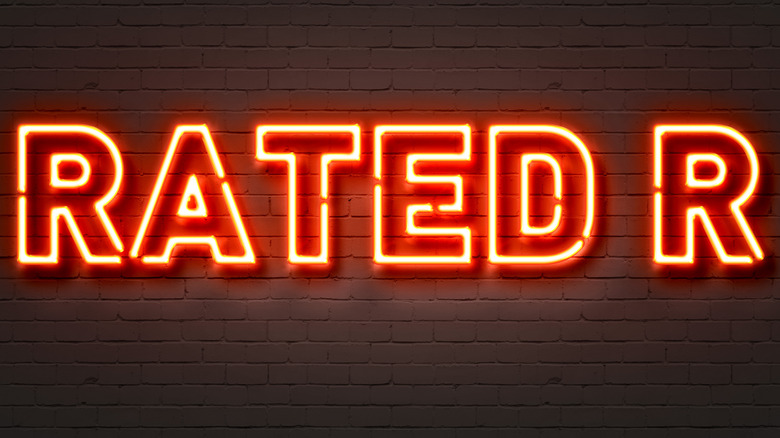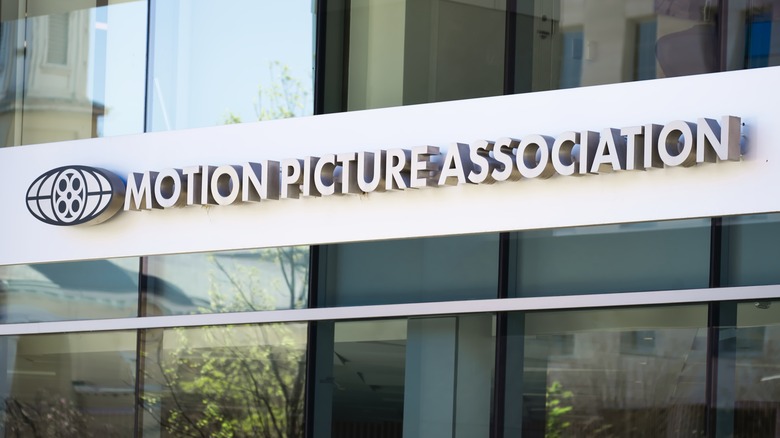What Does 'Rated-R' Actually Mean?
Have you ever wondered what the term "Rated R" means when you enter a movie theater? It's short for the word 'restricted' — in that no one under the age of 17 can attend the movie alone, and must be accompanied by an adult. The R rating launched a thousand childhood schemes, but it's actually only a few decades old — and that's before the PG-13 rating was introduced in 1984, creating a middle ground between PG and R. In general, R-rated films can feature bloody violence, coarse language, and strong sexual content.
Before 1968, motion pictures were governed by the Hays Code, a moralistic production code that dictated what studios could and couldn't do in the films they released, which included onscreen sex and nudity, bloody violence, and curse words. The popularity of movies like "Bonnie and Clyde" helped break down the code, resulting in a reorganization of ratings available for the MPAA — the Motion Picture Association of American, recently renamed the Motion Picture Association (MPA) — to hand out. What was the very first R-rated movie? "The Split," which earned its rating for language, violence, and consumption of alcohol. The movie is an actually fairly mild example of the action genre these days, and would likely fall into the then-not-existent PG-13 category if it were released today. Back then, the ratings were divvied up into four ratings: G, PG, R, and X.
The other ratings are also abbreviated terms - with one exception
The two of the other ratings are short for abbreviated words as well: "G" Is short for "general audiences," while "PG" is short for "parental guidance suggested." Only the X rating isn't short for a word — it simply signals that children shouldn't watch the film. Before it was coopted by pornography and resultantly codified in the minds of audiences as such, X was the rating legendary — and legendarily explicit — films such as "A Clockwork Orange" earned.
The PG-13 rating was introduced in 1984, padding in additional space between movies given R and PG ratings in the wake of blockbuster films like "Gremlins," which was too gory for PG but not quite R-rated material. As the name suggests, it's short for "parental guidance suggested for anyone under the age of 13." "Red Dawn" was the first film to bear the rating, which soon opened up the market for lots of films aimed at teenagers. PG-13 films are now widely considered to be more marketable than R-rated films, which is, for example, one of the reasons Denis Villeneuve axed a sex scene from "Dune II" to avoid an R rating.
Lastly, in 1990 the MPAA introduced the NC-17 rating to replace the X rating, which had by then become synonymous with pornography, and it stands for "no children under 17 admitted." Rarely used due to its significant box office impact, Quentin Tarantino tried to avoid this rating for "Pulp Fiction" by cutting a scene out. It has a tendency to squash a film's financial prospects by limiting the potential audience, unlike the R-rating which — as the extreme success of "Deadpool & Wolverine" indicates — is still capable of generating box office hits.

